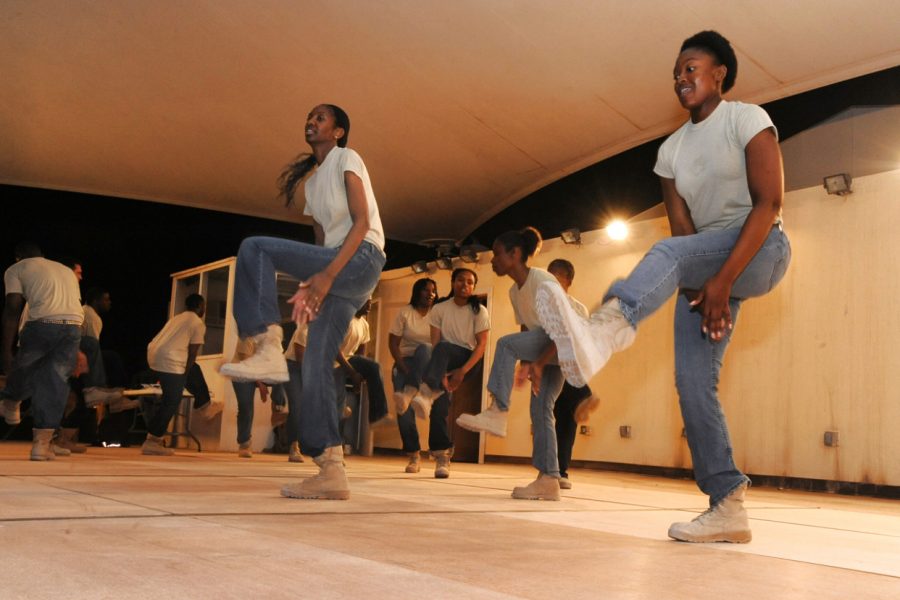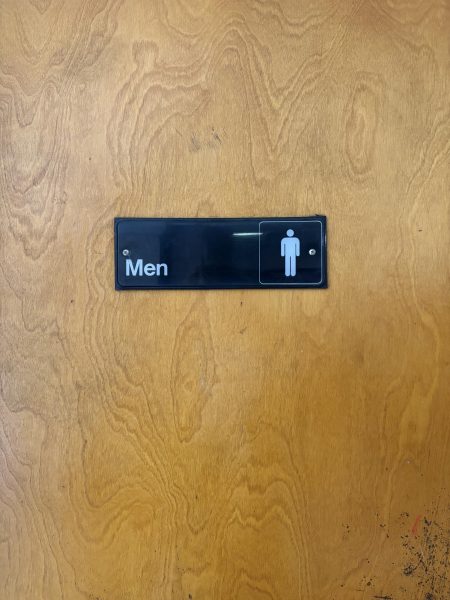The Art Of Stepping
Stepping first became popular in the early 20th century; however, its origins begin much earlier. When the first African slaves were brought to the Americas from the West African region in the 1500s, according to Dr. Ofosuwa M. Abiola, a professor at Howard University, “The culture of dance in this region included foot percussion, swift movement, leaps and simultaneous body movements.” This is the basis of the African American dance as we know it today.
Step began to transform into what it’s like now during the early 1900s, when a few African Americans starting being able to attend college. Abiola states, “In 1906, a group of seven students at Cornell University formed a fraternity, Alpha Phi Alpha. They began using juba to help connect with and support one another as they confronted overwhelming racism.” The fraternity was a place where the African-American students could feel comfortable and not alone at a predominantly Caucasian institution. Alpha Phi Alpha became part of the National Pan-Hellenic Council, which included nine historically African-American sororities and fraternities, more commonly referred to as the “Divine Nine,” who changed juba into step.
Jumping forward into the 21st century, step was still a focal part of African-American culture, and its influence began to extended beyond campus. Historically black college, universities and student unions across the United States started becoming iconic for their step teams. They worked very hard at not forgetting the roots of step and where it all originated from by giving back to the community through community service.
The Black Student Union at the University of Florida has figured out how to put an emphasis on the community-building aspect of step. They hosted their 29th annual Florida Invitational Step Show (FISS) this February, bringing step teams from campuses across the Southeast and more to compete. According to FISS 2018 Director Luckso Joacius, “Step is such a cultural thing for African Americans on campuses. This event is almost like a Carnival for our community.” Step as it’s practiced today does not embody arranged movements or rhythms. “It all depends on who you learn it from,” claims Nelson. While some teams step to traditional African beats, others play around with popular music such as hip-hop and R&B. Howard University Step Team does traditional, contemporary and original rhythms, combined. “Some begin with rhythm, some with movement or a concept, like floor work or chairs… But no matter what, it has to sound good,” Gardiner states.
This is how step as we know it today came about and has transformed. There’s still much more transforming for step to undergo as time progresses.
Image courtesy of U.S. Air Force.
Facts courtesy of dancespirit.com.

Reagan is a sophomore who has attended ESJ since the sixth grade, and this is her first year on The Talon Times staff. Her focus is on current events relevant...






